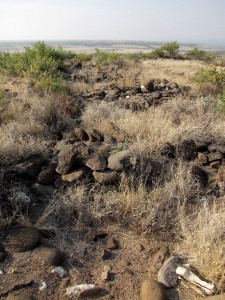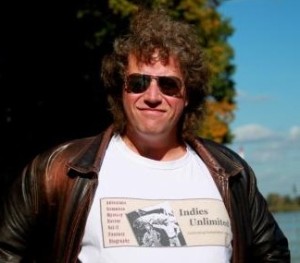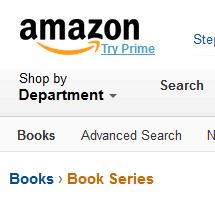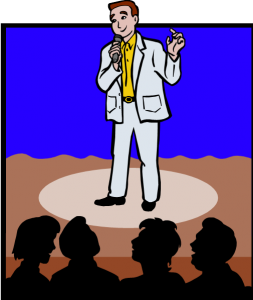
Back in February, I wrote about my experience with JustAnswer, a service to hook up a researcher with an expert in order to get good information on a myriad of subjects. I found it to be a good resource for quick questions and answers. But what happens when you need more?
Recently I started a new book that’s based on the archaeology of 1,000-year-old Indian ruin sites near my home in north-central Arizona. I’ve found out that the Verde Valley of Arizona is virtually pocked with Indian ruins; the estimation is that there’s a ruin roughly every 1.8 miles. It’s no surprise that the Indians farmed this bountiful valley, and apparently they built their small community units with enough surrounding space to farm, but close enough to visit back and forth without too much travel. Seems like an idyllic existence. Unfortunately, as much physical evidence as we have of their activities, we don’t have a lot of cultural evidence for their family organization, spiritual beliefs or ritual processes. The Sinagua (named by the Spanish, Latin meaning “without water”) left no written record. The closest we can get to their cultural life is by looking at the Hopi (the Sinagua’s suspected descendents) and extrapolating backward a bit.
Luckily our modern archaeological processes are quite a bit easier to research. Sometimes. I thought getting this kind of information would be easy; just get interviews with the folks at the local archaeology organization, find out what their processes are, how they survey a site, how they report their findings. Pretty straight-forward. But in my first interview with a veteran surveyor, many of my questions brought forth the response of, “I can’t tell you that.”



